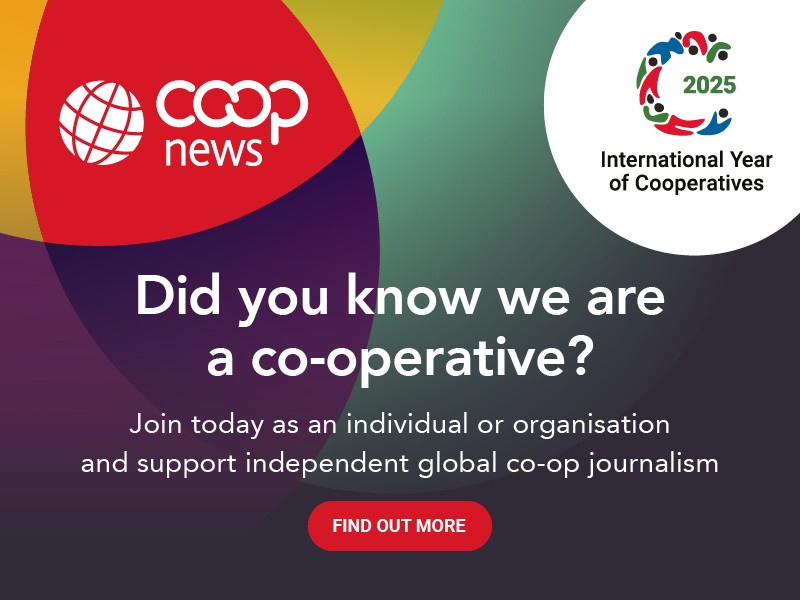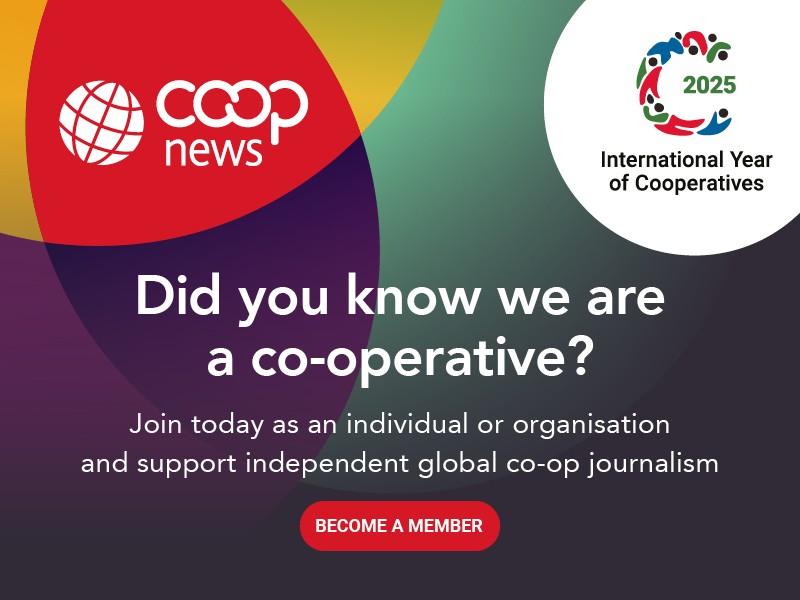Access to Fairtrade markets
A key part of Fairtrade is that a minimum price is paid to certified producers for certified products. Minimum prices are set and adjusted periodically for specific regions, based on a methodology estimating the average cost of sustainable production. They are designed as a safety net for producers when market prices are low.
Fairtrade certification can provide important forms of price security during periods of market crisis, such as the coffee crisis of 2000-2004, through the Fairtrade Minimum Price mechanism.
But in cases where Fairtrade-certified producers enjoy higher prices than non-certified farmers, it can be difficult to isolate the factors behind this differential, which may include differences in quality, value added by the organisation, and the bargaining power of the producer organisation. In other words, market context may determine the price differentials earned by Fairtrade producers as well as the Fairtrade certification per se. The effects of price differentials (and indeed the Fairtrade Premiums, discussed later) depend on the extent of access to Fairtrade markets: the proportion of crop sold through Fairtrade channels.
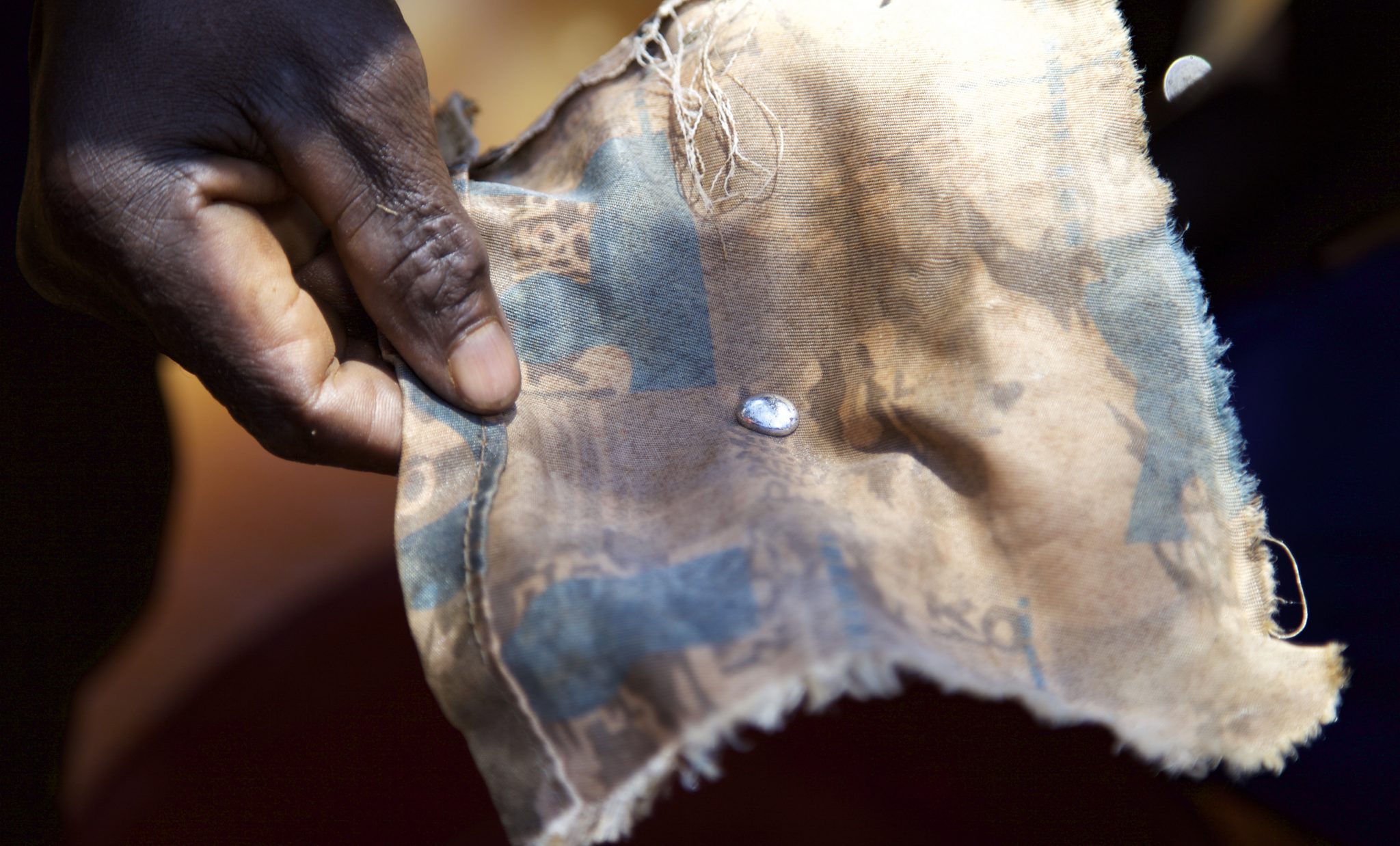
The market for Fairtrade – still primarily in Europe, North America and Australia/New Zealand – fluctuates and grows. Fairtrade makes efforts to increase market demand; to support and advise producers in relation to market potential; and to link interested buyers with certified producers.
However, in most cases – and particularly with coffee – certified supply outstrips demand, leading to limitations on access to Fairtrade markets, with various unintended consequences in terms of competition between certified producers. Balancing supply with demand is one of the challenges of the movement, particularly given the time-lag in preparing producer organisations for certification.
Farming performance and the environment
There has been limited emphasis on farming performance and improvement in crop yields within Fairtrade certification, though it has been growing over time.
Other certification systems, such as Good Agricultural Practice (GAP) and UTZ Certified, have emphasised increased yields, product quality and attributes as a way to improve producers’ incomes.
Fairtrade has focused more on regulating prices, trading relationships, strengthening organisations and governance. Its certification requirements have not focused on ‘good agricultural practice’ or specific measures to increase yields or quality.
Related: Shout your ethical difference – marketing tips for Fairtrade Fortnight
Indeed, a high proportion of Fairtrade-certified producers are also certified organic, which is also likely to influence yields. Evidence has been found of Fairtrade-certified farmers achieving higher yields than non-certified farmers, though the reasons for this were usually hard to disaggregate.
It may be partly due to the strengthening of organisational structures and services that result from Fairtrade certification, or from extension programmes that may be associated with it. It may also be due to the prior selection of farmers for certification who were already achieving higher yields. In some cases, Fairtrade buyers or other intermediaries may add or incentivise quality requirements when selecting farmers.
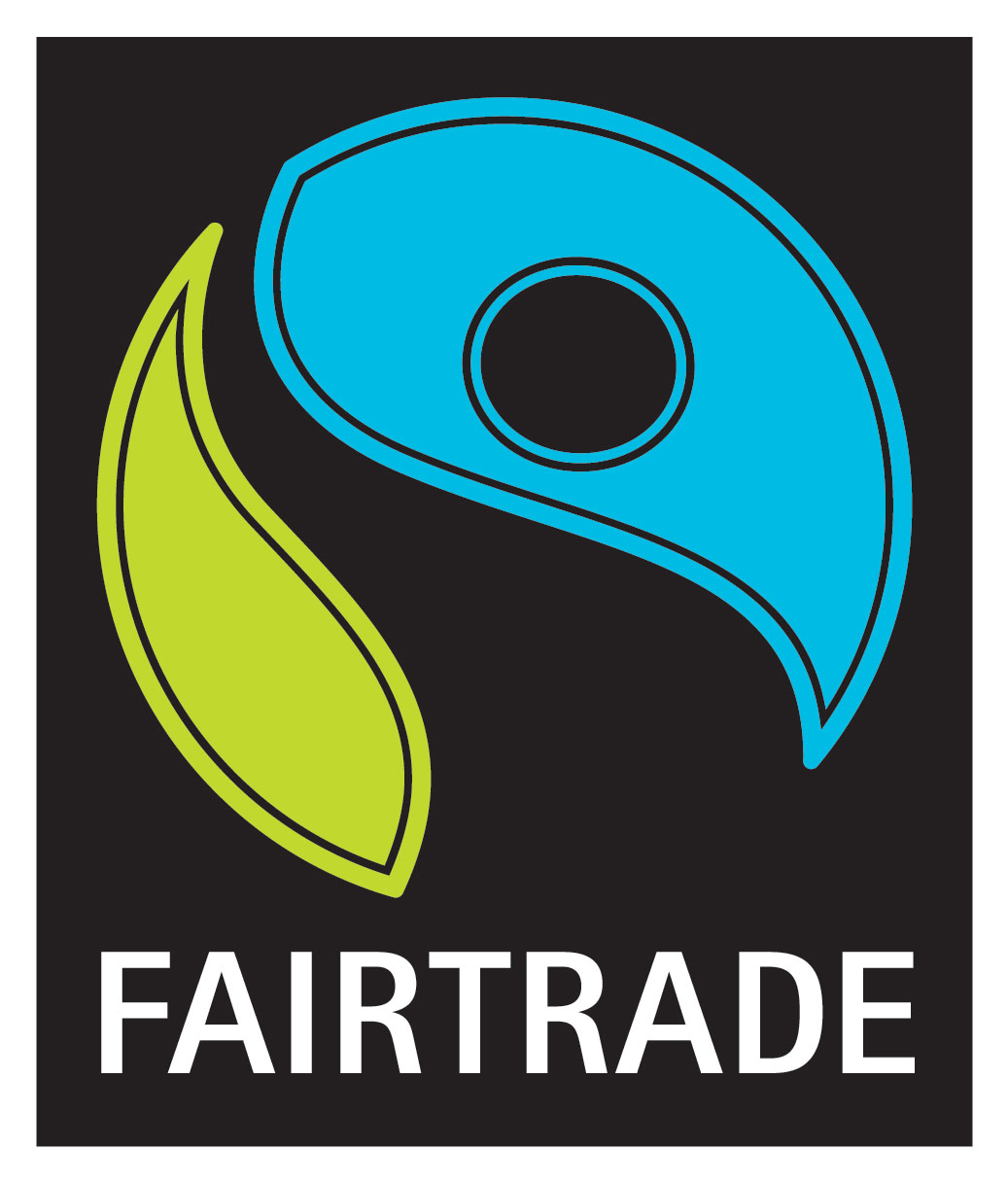
Comparative studies have also shown that other certification schemes which focus primarily on ‘good agricultural practice’ are more closely correlated with higher yield production, though these studies face the same potential problem of selection bias. Fairtrade objectives are much clearer for environmental protection. Achievement of defined standards on such issues as management of water and soil use, pest control and use of pesticides, fertiliser application and biodiversity conservation are included as Fairtrade Standards for both small producer organisations and plantations.
Research shows positive impacts of certification and environment-related standards on farming practices in small producer organisations and plantations. But given the prevalence of joint Fairtrade-Organic certification, this may be due, in part, to the organic certification process. Other research found that these positive effects may result from the strength of co-operative organisation, or from agroecological approaches promoted by other organisations, rather than from Fairtrade certification per se.
Investment of the Fairtrade Premium
The Fairtrade Premium is set periodically for each certified commodity and each region. This is usually a fixed payment per unit of weight, or as a percentage of the commercial price paid, for commodities where no minimum price is set. This is one of the most visible pathways for Fairtrade impact, and is more easily differentiated than the wider impacts of minimum prices or the application of Fairtrade Standards.
Many qualitative studies discuss three types of benefit from the Fairtrade Premium: community benefits, such as local infrastructure, health and education; benefits focused on certified producers or plantation workers and their families, such as education scholarships, production-related services including loans; and support for operations of producer organisations, such as buildings and processing facilities. Similar benefits were described for workers on certified plantations.
Related: Join the campaign to end exploitation
In a study of the Ghanaian Fairtrade-certified cocoa producers’ organisation, Kuapa Kokoo, Nelson et al. (2013) reported that 49.84% of the Fairtrade Premium was spent on incentives and social projects, followed by 19.2% on the organisation’s own internal control system. The Kuapa Kokoo website lists the social projects funded by the Fairtrade Premium: 348 bore holes, eight schools, six toilet blocks, 51 corn mills and one cassava flakes processor. Certified farmers were largely unaware of these and did not distinguish between investments from the Fairtrade Premium or from the organisation’s other sources.
Several authors quoted cases of certified farmers complaining about expenditure of the Fairtrade Premium on community projects that included benefits for non-certified farmers who had not contributed, and some expressed a preference that individual farmers should earn directly the Fairtrade Premium paid on the crop sold through Fairtrade channels.
In some cases, the management of the Fairtrade Premium was found ineffective, reducing impacts. In their study of six coffee co-ops within the Oromia Coffee Co-operative Union in Ethiopia, Jena et al. (2012) found difficulties resulting from this federated structure. As the Fairtrade specialist from the union has mentioned, “until the certified co-operatives or farmers write a project proposal and submit it to the union, the [Fairtrade] Premium is kept at the union”. So the certified co-ops and producers did not receive as much of the social premium as they should.
Strength and democracy
Fairtrade stipulates that small farmers cannot be certified as individuals but must form a functioning and formally constituted organisation. Fairtrade certification for small producer organisations requires a variety of standards to be met in terms of structure, organisation and democratic procedures.
This is an important objective of Fairtrade as well as a prerequisite for meeting and verifying other standards required for certification.
The BSD Consulting report on the impact of Fairtrade orange juice production in Brazil (BSD, 2014), linked support for the development of strong co-op structures through Fairtrade certification with the very survival of smallholder orange cultivation for the juice industry in the face of competition from large-scale plantations.
“We can state that the existence and survival of the co-operatives as such can be seen as a major impact of Fairtrade. In the orange market, survival of small producers is intrinsically linked to their capacity to build co-operatives and join their forces. Under the current circumstances (difficulty in selling to industries and exposure to low prices, lack of own processing assets), the business continuation of single small orange producers is at risk … The only way out is the creation of strong associations between smallholders in order to join the production and sales forces.”
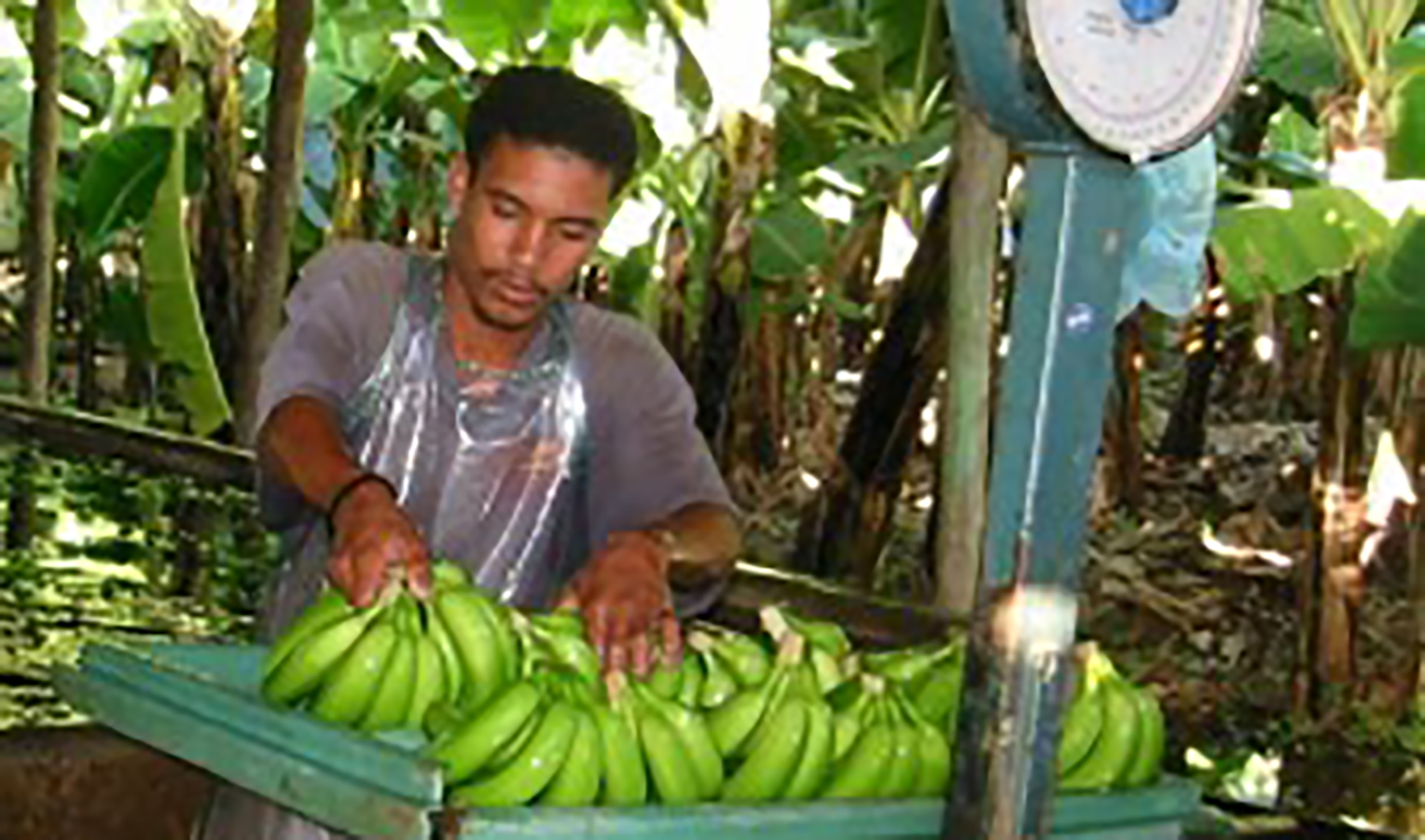
Some studies have also tried to collect evidence from members of certified producer organisations to shed light on organisational strength and democracy. Such evidence is case-specific and the indicators used can only act as proxy indicators of actual organisational strength and weakness. Ruben and Zuniga (2011), in their study of certified and non-certified coffee producers in northern Nicaragua, found that members of Fairtrade co-ops identified strongly with them and were satisfied with their membership: “In institutional aspects, [Fairtrade] performs better compared to independent producers in terms of organisational support provided by the co-operative and some attitudinal effects.
“Identification and satisfaction with the co-operative organisation are generally strong amongst [Fairtrade] members (compared to individual and Café Practices producers), but co-operative services of farmers delivering under the Rainforest Alliance label are even more appreciated.”
Other studies highlighted the potential threat to co-operative trust and unity from co-operative leadership control of resources, such as the Fairtrade Premium. One research paper tried to test whether the experience of membership of strong and well-managed certified producer organisations helped to develop higher levels of trust and social capital more widely within the membership and community, but did not find positive evidence.
Decent work conditions
Fairtrade Standards for hired labour cover a wide range of terms and conditions, including: freedom from discrimination; freedom from forced and compulsory labour; prevention of child labour for children under 15; freedom of association and collective bargaining. They include provisions on the conditions of employment, including wages.
Evidence on the impact of Fairtrade certification on labour standards and work conditions is positive. Raynolds (2012 and 2014) conducted a study of four Fairtrade-certified flower farms in Ecuador. This industry has been well known for abuse of workers’ rights. Companies have avoided labour protection legislation by hiring through intermediaries and firing workers after three-month probation periods. Unpaid overtime is common. Sexual harassment and child labour is widely reported.

Raynolds found the impact of certification in the industry was positive in terms of health and safety and created some improvement in labour conditions. Minimum wage and child labour requirements mirrored national law but better standards were mandated in some areas, including the prevention of abusive management and discriminatory practices and more generous overtime and annual leave.
But a number of authors have examined the impact of Fairtrade on conditions of workers in certified small producer organisations and found limited impact on wages or working conditions. The Valkila and Nygren (2010) study on coffee production in Nicaragua concluded that Fairtrade certification had very limited impact on wages or working conditions.
Wages for coffee labourers on Fairtrade-certified farms ranged from US$1.5 to US$2.1 per day on farms that also provided meals, and US$1.8 to US$2.5 on those that did not. Some farmers said they had increased wages to meet national minimum wage standards but none mentioned doing so to meet Fairtrade Standards. Given widespread underemployment, most farmers said workers were already fortunate to be receiving the minimum wage, and therefore did not provide other benefits such as holidays or sick leave. Children were frequently seen working on small certified family farms but this was family rather than contracted labour and subject to different controls.
Income, wellbeing and resilience
Arguably the central concern of most of the evaluations and assessments is Fairtrade’s contribution to household income, wellbeing and resilience. Many of the mechanisms of Fairtrade – such as the Fairtrade Minimum Price, the Fairtrade Premium, quality and yield improvements, standards on decent work – contribute to this.
Examples of positive impacts on household income were included by Chiputwa et al. (2015) in their study of the differential effects of Fairtrade, organic and UTZ certification on coffee farmers in central Uganda. The team found that income benefits of certification were significant and driven by Fairtrade certification. “Looking at the first comparison between certified and non-certified farmers, we find that certification increases consumption expenditure by UGX 369-479 per capita per day (PPP $0.5-$0.63).
“This effect is significant and implies an increase in living standard by 12-15% when compared to mean expenditure of non-certified households. However, the effects on household poverty are not statistically significant.
“Disaggregating by certification scheme, we find that the positive impact on household expenditure is entirely driven by Fairtrade certification. Participation in Fairtrade increases per capita expenditure by 27-33%, while the effects of UTZ and organic are both insignificant.

“Likewise we find significant poverty-reducing effects for Fairtrade, but not for UTZ and Organic. Participation in Fairtrade reduces the poverty headcount index by 0.13 to 0.15, implying a 50% reduction of the poverty rate observed among non-certified households.”
Other surveys found evidence of income benefits from Fairtrade certification, but only for certain categories of farmer. Dragusanu and Nunn (2014) used data on coffee production in Costa Rica from Instituto del Café de Costa Rica (ICAFE) as well as Fairtrade data from certified co-operatives (2003-2010). “We find that Fairtrade certification does increase incomes, but only for skilled coffee growers and farm owners. There is no evidence that many workers, including unskilled seasonal coffee pickers, benefit from certification.”
Quantitative evidence on income effects is also mixed. A number of studies have shown no impacts, or very limited impacts of Fairtrade certification on smallholder incomes. Given the previous discussion of some of the Fairtrade impact mechanisms, this is not surprising. For example, minimum prices only have direct impact when market prices are low. And income effects also depend on the proportion of output sold through Fairtrade channels. Fairtrade Standards do not explicitly address the issue of yields and quality, which may be more dependent on contextual factors.
Gender equality
In terms of concrete provisions on gender, Fairtrade Standards for small producer organisations are relatively limited. They include clear provisions against discrimination on a number of grounds, including gender and standards banning forced labour, with specific mention of human trafficking for labour or sexual exploitation. Standards also require adherence to national law on maternity leave.
While certified organisations need to adhere to guidelines on inclusion, transparency and democracy in decision-making, these do not cover specific requirements in terms of gender equality.
Similarly, in hired labour situations, Fairtrade does not mandate women’s participation as worker representatives on Fairtrade Premium Committees, stating only that composition should reflect the membership of the workforce, including in terms of gender. In relation to capacity-building, the standards require companies to “give special attention to the empowerment of women by means of adequate training, capacity-building, guidance, encouragement and assistance as necessary”.
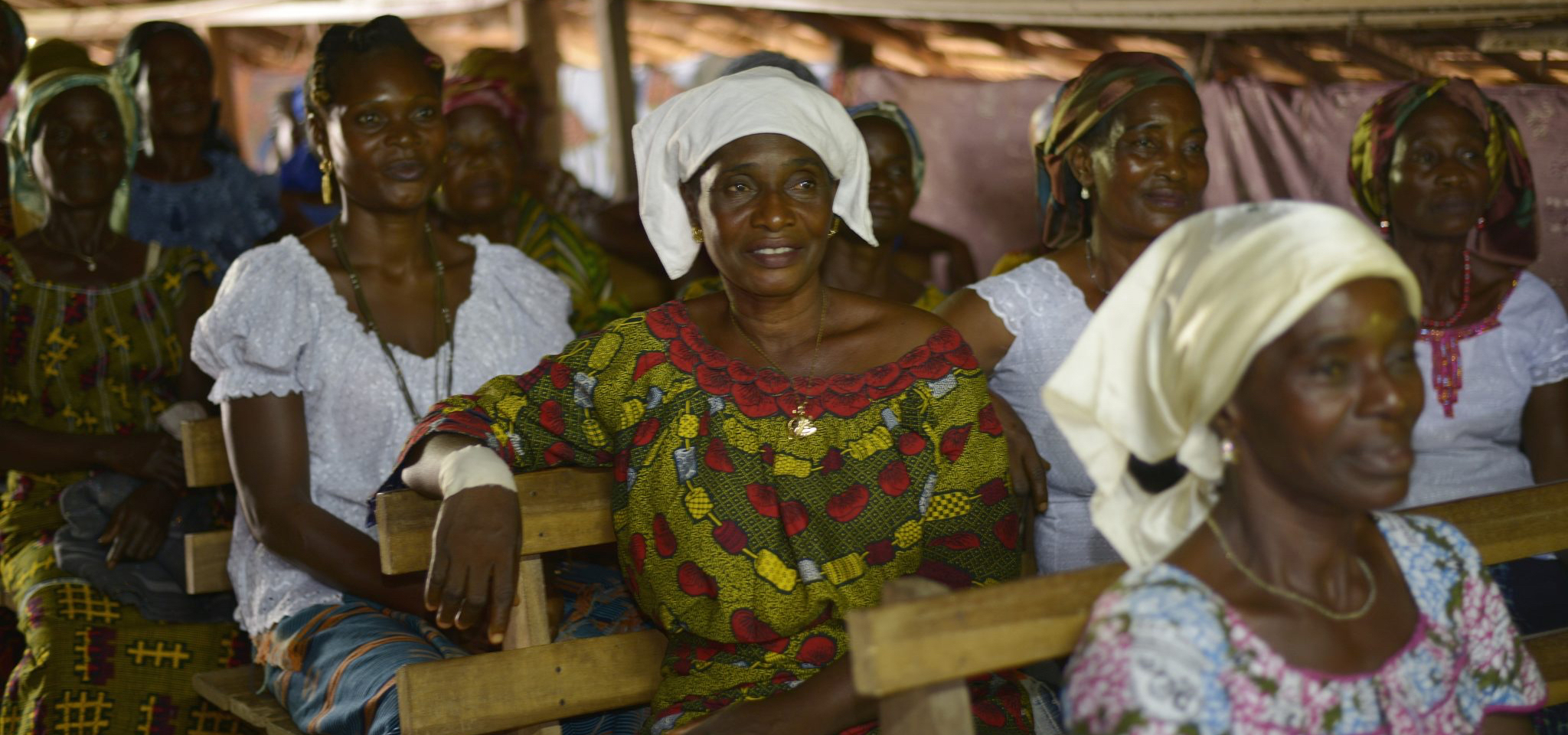
Evidence of Fairtrade impacts tend to derive more from qualitative studies, and to focus on women’s voices and roles in governance structures rather than on differential economic impacts on women.
Some studies have found direct benefits to women producers in terms of increased recognition of land ownership, membership of associations and access to better prices.
Lyon et al. (2010) carried out a study of coffee producer organisations in Mexico and Guatemala, in the context of the general feminisation of labour in Meso-America due to high rates of male out-migration. The study used data from the State Coordinator of Oaxacan Coffee Producers. The authors found that women were increasingly involved in coffee cultivation, particularly in picking, washing, drying and selection, though usually at lower wages than men. The proportion of work done by women also depended on the levels of mechanisation in different co-operatives, as well as variations in local practices.
Nelson and Smith (2011) in their survey of Fairtrade cotton production in Mali, Senegal and Cameroon, concluded that “improvements in women’s representation and participation in Producer Organisations were found in all four case studies, although there is concern that women may still feel obliged to vote as their spouse does and board representation is sometimes only symbolic. Gendered social norms and the gender division of labour still limit women’s participation and ability to benefit from Fairtrade”.
In their study of coffee certification on smallholder farmers in Kenya, Uganda and Ethiopia, the Centre for International Development Issues Nijmegen CIDIN (2014) found that: “Certification influences decision-making procedures in the co-operative domain but women’s bargaining position in the private domain remains largely unaffected, unless women are accepted as full members of the co-operative and are included in the board.” However, “women are a very small minority in the co-operatives and among coffee farmers and play a limited role in the governance structures.”
Much of the evidence suggests that improvements in the voice and role of women within producer organisations and hired labour situations resulting from adherence to Fairtrade Standards may be more formalistic in nature, and that such requirements may struggle to impact on actual gender norms and power relationships.
Existing gender norms in the communities and cultures in which Fairtrade operates also has an important role in determining its impact.
This article is based on the report ‘The impact of Fairtrade’ published by the Overseas Development Institute. The ODI is an independent think tank on international development and humanitarian issues. Find out more: www.odi.org
